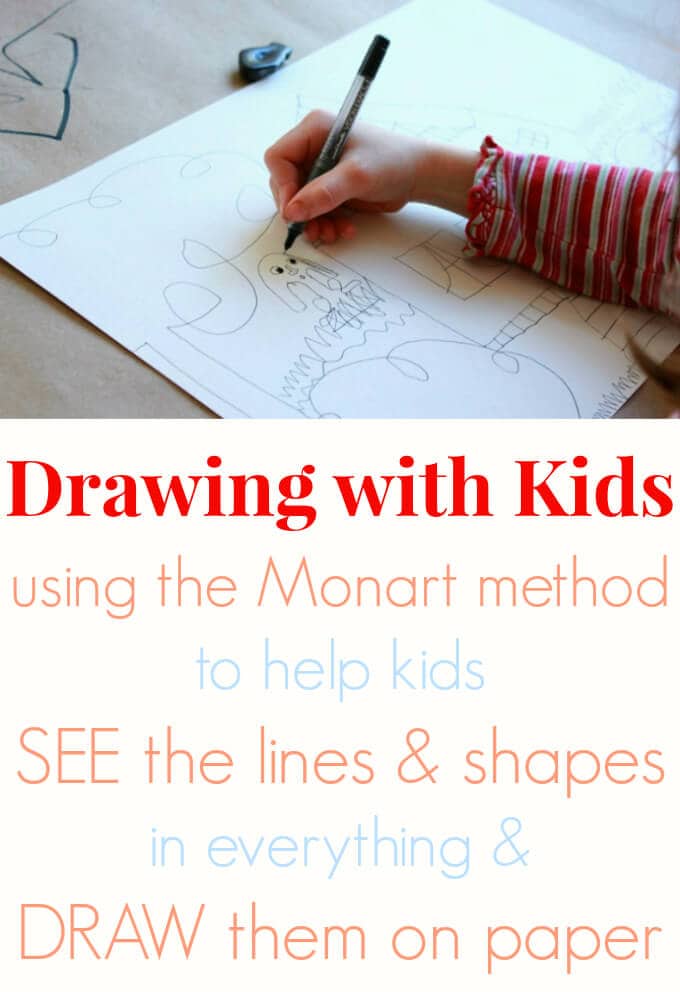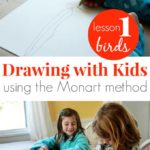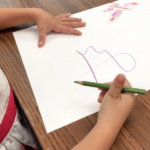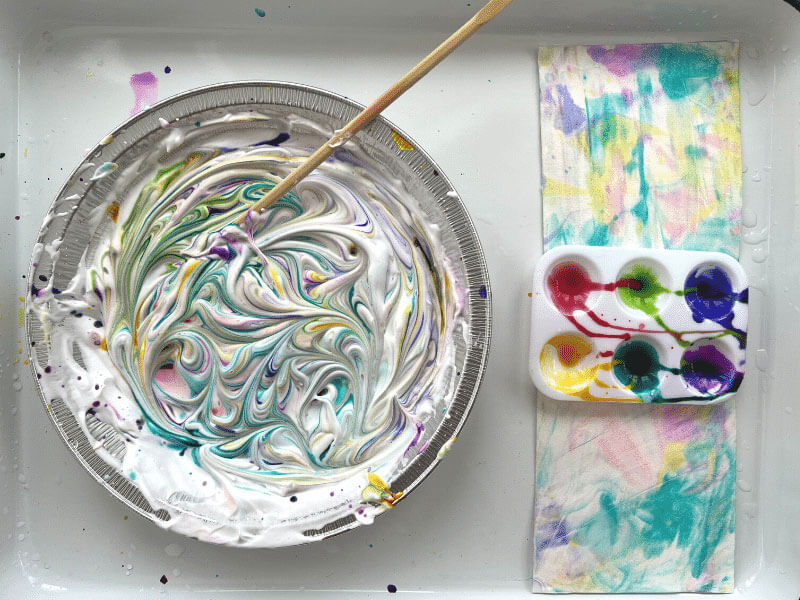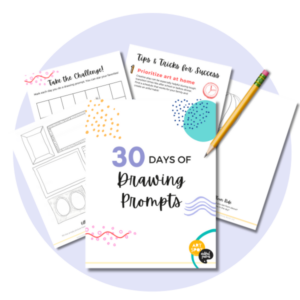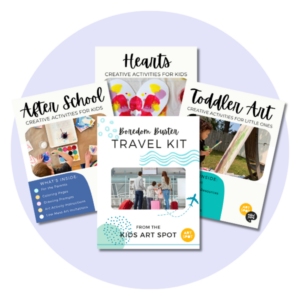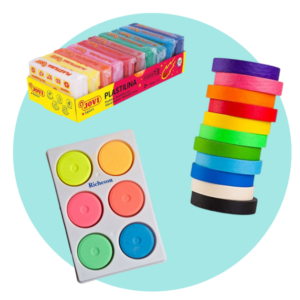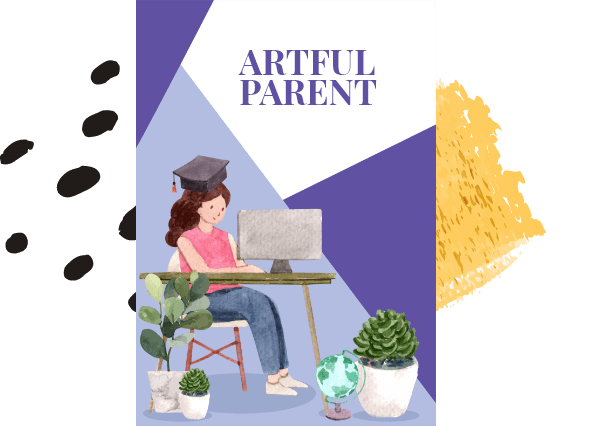After much deliberation (years!), I have decided to teach my daughters specific drawing skills using Mona Brookes’ book, Drawing with Children, and the Monart method, as a guide.
I have long thought that drawing should and would just evolve naturally in kids, and that teaching specific skills might stunt their growth and creativity. But I’ve been changing my mind about this more and more over the last couple of years.

“We don’t expect children to play the piano, study dance, or learn a sport without showing them the basic components of these subjects. Why do we expect them to understand the complexities of drawing on their own?”
And, regarding the Monart method, Brookes says:
“Everyone loves to draw if they are given a nonthreatening environment with enough structure for success and enough freedom for creativity. That is what Monart provides. The particular sequence of lessons in this book builds a safe environment as it teaches students to use an alphabet of shape to analyze and break down what they see. Development of perceptual and analytical skills increases critical thinking and problem solving. Easy and quick artistic success also builds self-esteem, and this confidence is transferable to other educational areas.”
Sounds good, doesn’t it?
So we are beginning to work through the lessons in the Drawing with Children book, spreading the material and exercises from each lesson/chapter out over a week or two. My aim is to keep it fun and go with the flow, but with a specific focus on improving drawing skills. I’ll be posting about our progress, if you’d like to follow along.
Daphne will probably draw as well during this time in her own way or play quietly (one can always hope, anyway), but I don’t think that she is ready or interested in this kind of instruction yet.
So all that’s by way of introduction to today’s post…
Maia’s drawing, before starting lessons in the book (age 7.5)
Earlier this week, Maia and I each did a drawing to determine our starting level, as outlined by Mona Brookes. I had paper and pens set out after school on Monday afternoon and we each drew a scene with a house, a tree, a person, flowers, shrubs, as well as a few other things. Brookes suggests taking at least 30 minutes for the drawing, and I think we did about that, although I didn’t set a timer.
My drawing, before starting lessons in the book (age 35.9)
I’m hoping to improve my own drawing skills as well and so Maia and I are doing this together. Drawing with Children is subtitled “A Creative Method for Adult Beginners, Too.” and while I don’t consider myself a beginner, it’s been years since I’ve done any drawing and I could definitely use some skill development and practice.
Mona Brookes suggests that to draw well, we need to be more observant of the 5 kinds of lines that things are composed of: dots, circles, straight lines, curved lines, and angles. To determine a starting level in the Monart method, she includes a shape replication exercise that Maia and I both completed.

Maia enjoyed the exercise and was easily able to complete the drawings in all three of the stages, minus the most detailed one from the final 3rd (probably due to a combination of difficulty and losing her interest and focus by that time).
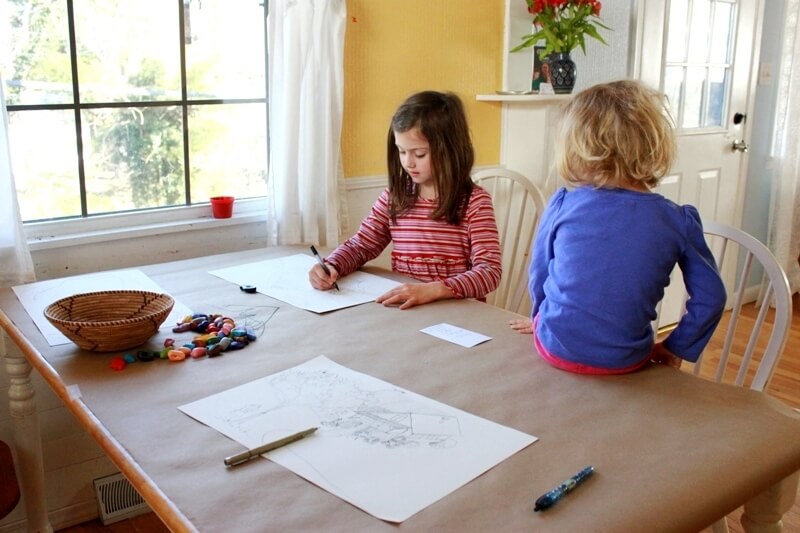
Daphne had no interest in doing the exercise. I had copied one of the stage 1 exercises for her to try if she wanted to join us, but she wasn’t able to do it and/or had no interest in trying. I didn’t force it, but let her draw with her rock crayons instead (and arrange them on an upturned basket…). With her, I will follow Mona Brooks’ suggestion of identifying shapes and lines in our environment for now.
We still have some more to do from lesson 1, including some warm up games and exercises and then a drawing where we pull together all the shape drawing practice we’ve been doing.
It’ll be interesting to see how both of our drawings progress in the weeks and months to come. I’d also like to explore Betty Edwards’ Drawing on the Right Side of the Brain, especially for myself, but am going to focus on this book to begin with.
What do you think? Should drawing skills be taught systematically like this when the child is requesting help learning “how to draw” or should the child be left to develop her own skills naturally?
Follow along on the Drawing with Kids series:
Drawing with Kids using the Monart Method
Drawing with Kids :: Birds (Monart Method Lesson 1)
Drawing with Kids :: Lions! (Monart Method Lesson 2)
Drawing Lessons for Kids with the Monart Method :: Revisited
This post contains affiliate links.
Related Posts
-
Drawing with Kids Using the Monart Method :: Lesson 1 - Birds
My post on Drawing with Kids using the Monart method really seemed to strike a chord.…
-
Drawing Lessons for Kids with the Monart Method :: Revisited
If you follow The Artful Parent page on Facebook* or if you're one of my…
-
The Scribble Drawing Game for Kids
The scribble drawing game turns drawing prompts into a fun, interactive drawing game that can…


